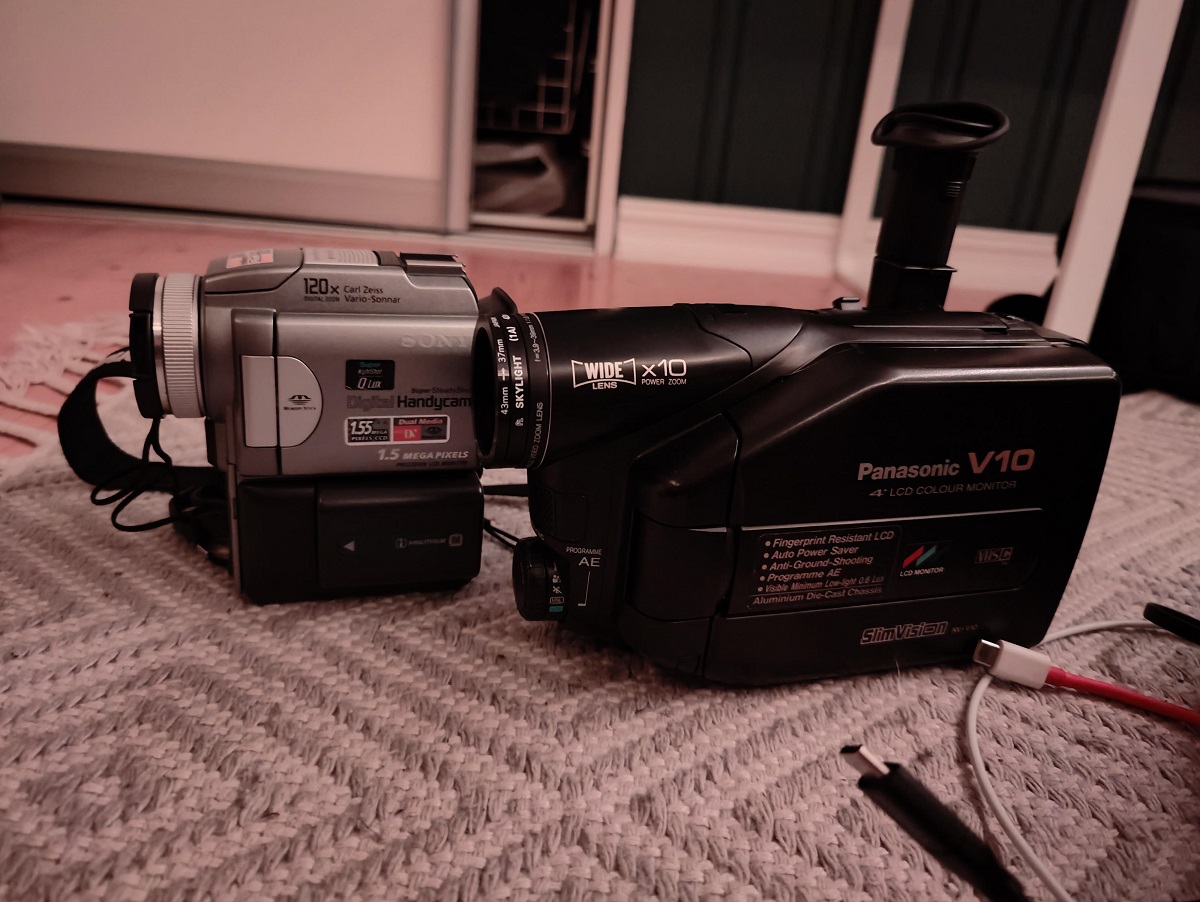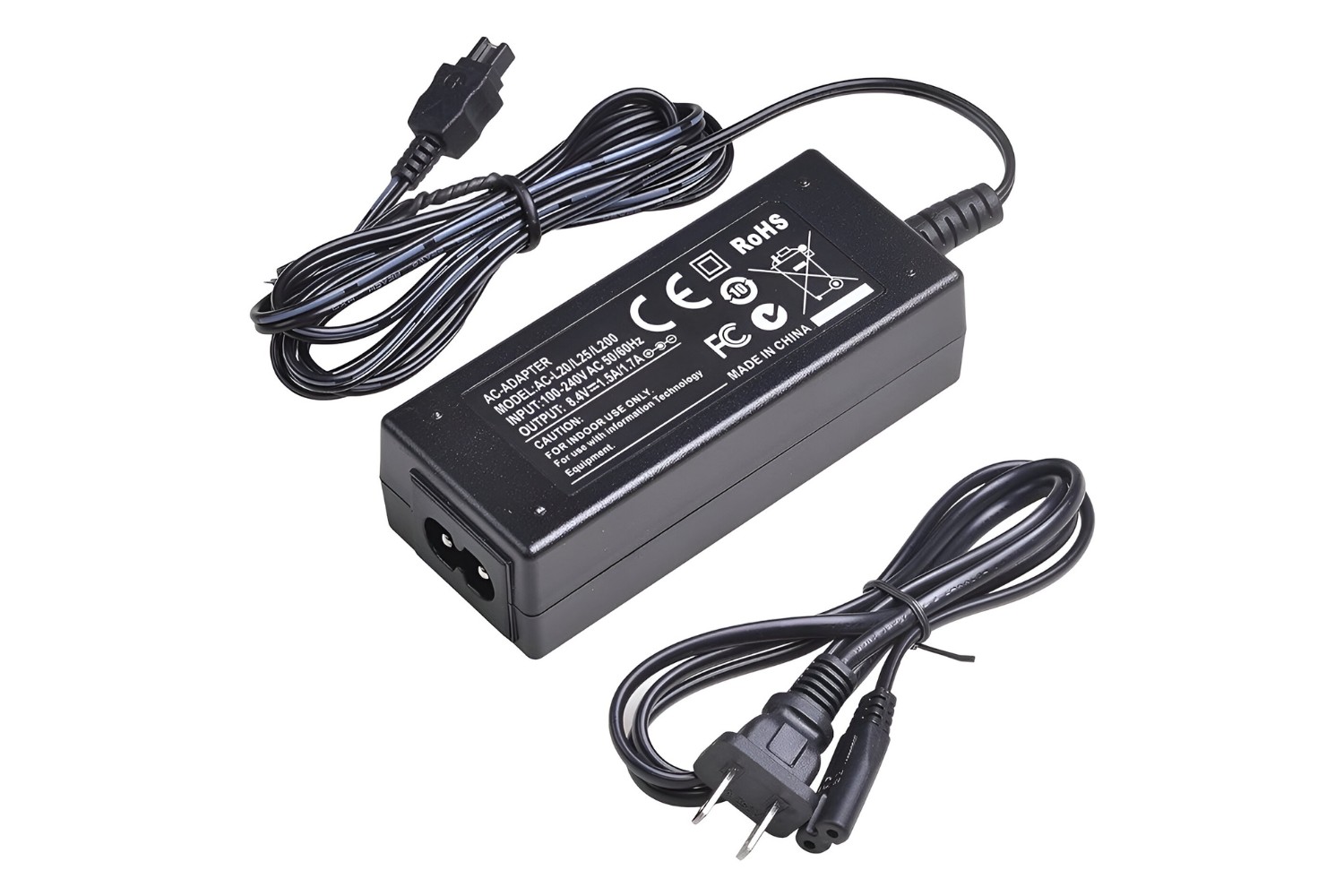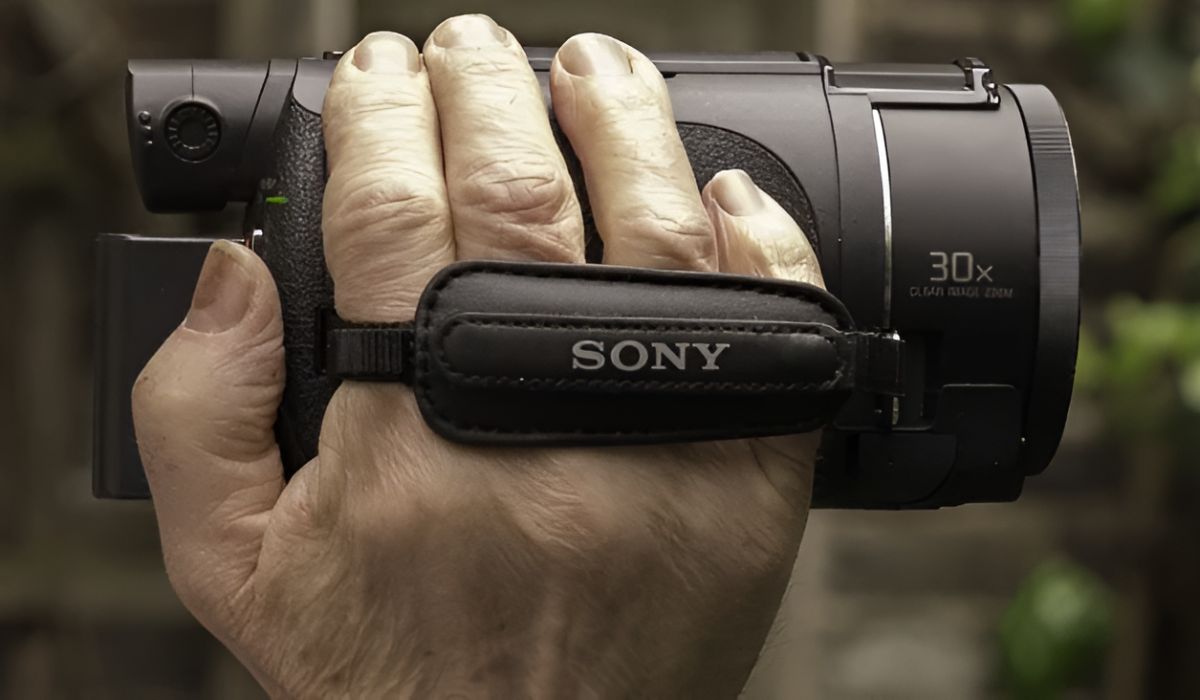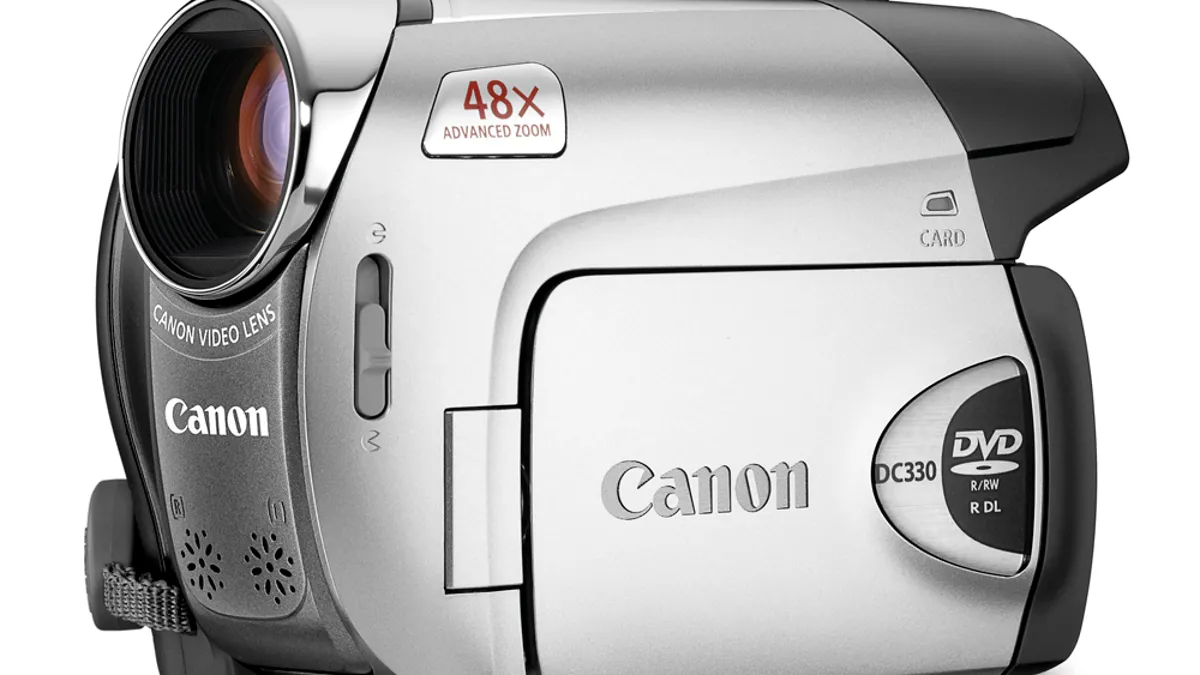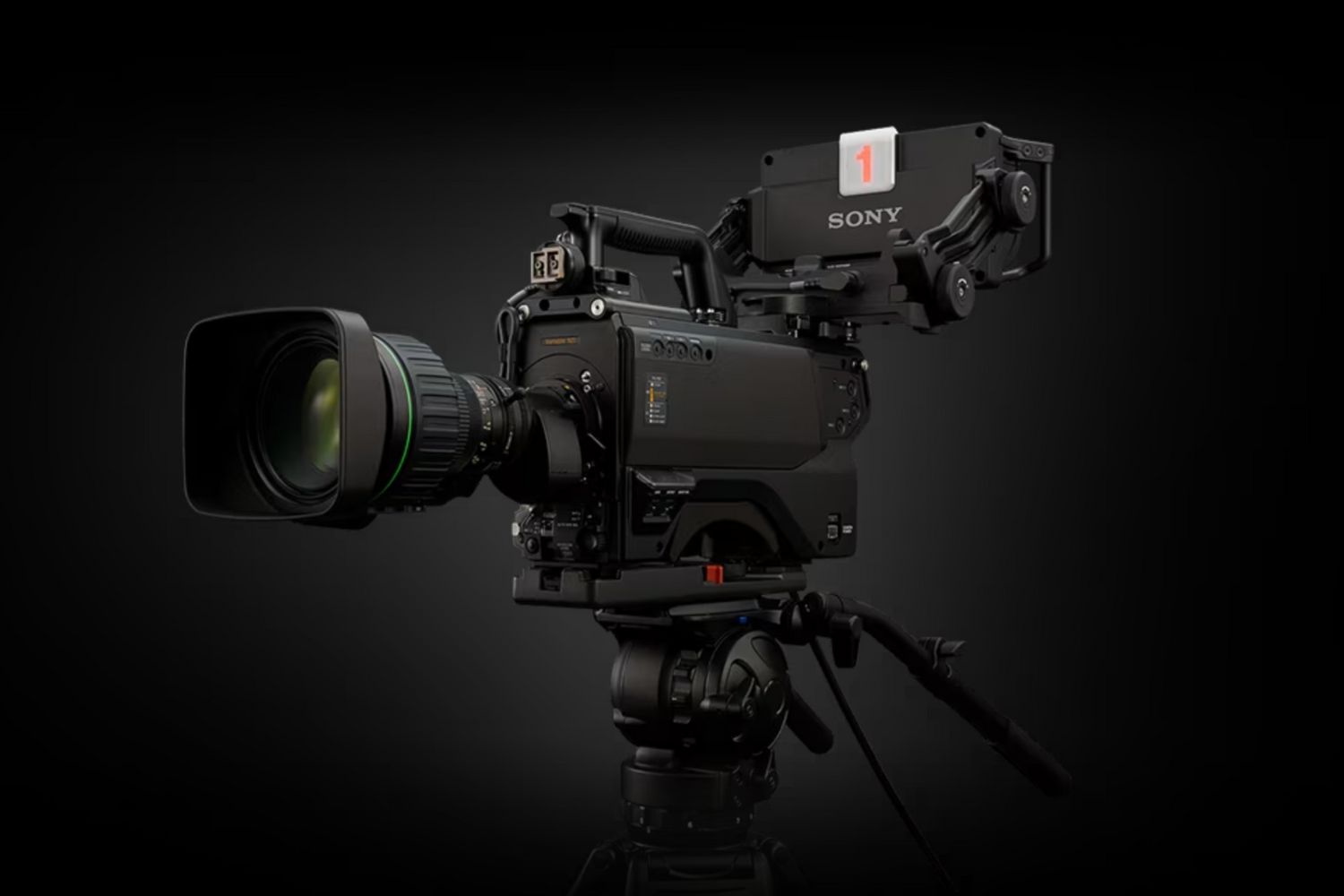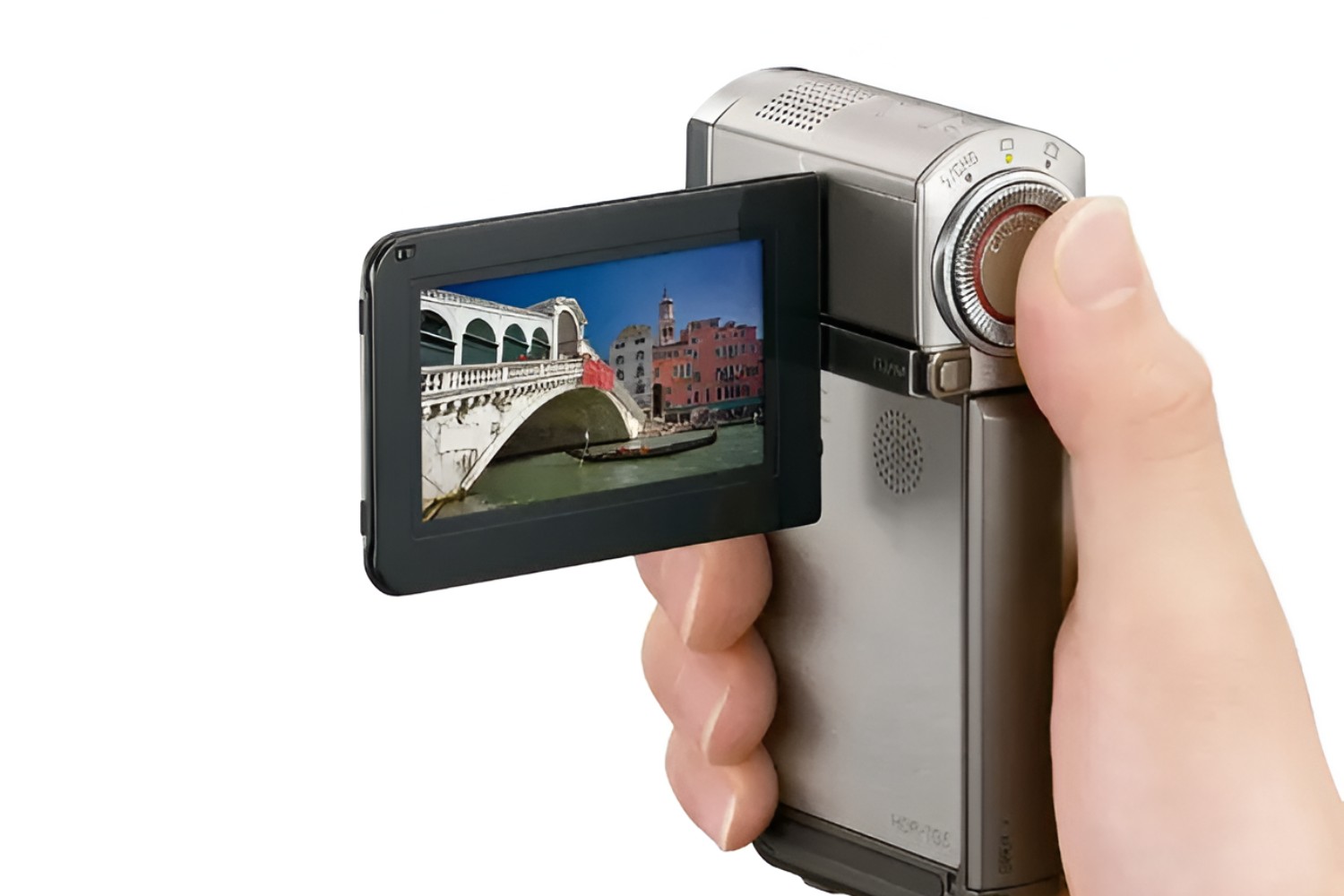Introduction
Welcome to the world of Sony camcorders! These versatile devices are perfect for capturing life's precious moments, whether it's a family vacation, a child's first steps, or a school play. However, to ensure that your camcorder is always ready to go when you need it, it's crucial to understand how to properly charge its battery. In this guide, we'll explore the various methods for charging a Sony camcorder, from using the AC adapter to charging via USB. Additionally, we'll provide valuable tips for extending the battery life, so you can make the most of your filming experiences without worrying about running out of power.
Whether you're a seasoned videographer or a casual user, knowing how to effectively charge your Sony camcorder will allow you to focus on capturing life's memorable moments without any interruptions. So, let's dive into the world of Sony camcorder batteries and charging methods to ensure that you're always prepared to document life's adventures.
Understanding the Battery
Before delving into the specifics of charging a Sony camcorder, it’s essential to understand the type of battery your device uses. Sony camcorders typically utilize rechargeable lithium-ion batteries, known for their high energy density and long-lasting performance. These batteries are lightweight and compact, making them ideal for powering portable devices such as camcorders. Understanding the characteristics of lithium-ion batteries is crucial for ensuring safe and efficient charging.
Lithium-ion batteries are designed to be recharged multiple times, providing a cost-effective and environmentally friendly power solution for your Sony camcorder. However, it’s important to note that these batteries have a limited lifespan and will eventually require replacement after a certain number of charge cycles. By familiarizing yourself with the capabilities and limitations of lithium-ion batteries, you can maximize their longevity and maintain optimal performance for your camcorder.
Additionally, it’s essential to handle lithium-ion batteries with care to prevent damage or safety hazards. Avoid exposing the battery to extreme temperatures, as both high heat and freezing cold can negatively impact its performance and lifespan. Furthermore, always use the designated charger provided by Sony to ensure compatibility and safe charging practices. By understanding the intricacies of your camcorder’s battery, you can make informed decisions regarding its maintenance and charging, ultimately enhancing your filming experience.
Using the AC Adapter
One of the most common and reliable methods for charging a Sony camcorder is using the provided AC adapter. This approach offers a convenient and efficient way to replenish the camcorder’s battery, ensuring that it’s ready for your next filming session. The AC adapter, also known as the power adapter, is typically included with the camcorder and is designed to supply the necessary power for charging the battery.
To begin the charging process using the AC adapter, locate the DC-in port on your camcorder. This port is specifically designed for connecting the AC adapter to the camcorder. Once you’ve identified the DC-in port, carefully plug the AC adapter into the port, ensuring a secure connection. Next, insert the other end of the AC adapter into a standard electrical outlet. When the camcorder is successfully connected to the power source, the charging indicator light should illuminate, confirming that the battery is being replenished.
It’s important to allow the camcorder to charge undisturbed until the battery is fully replenished. Depending on the battery’s current level and capacity, the charging process may take some time. During this period, it’s best to avoid using the camcorder to allow for uninterrupted charging. Once the battery is fully charged, the indicator light may change color or turn off, signaling that the charging process is complete.
Using the AC adapter to charge your Sony camcorder provides a reliable and straightforward method for maintaining a fully charged battery. This approach is particularly convenient when you have access to electrical outlets, whether at home, in a studio, or at a filming location with power sources available. By mastering the use of the AC adapter, you can ensure that your Sony camcorder is always powered up and ready to capture life’s memorable moments.
Charging via USB
For added versatility and convenience, many Sony camcorders support charging via USB, offering an alternative method for replenishing the battery. This feature allows you to charge your camcorder using a standard USB connection, providing flexibility and portability, especially when traditional power sources are not readily available. Charging via USB is particularly advantageous when you’re on the go or need to conserve space in your travel bag.
To charge your Sony camcorder via USB, begin by locating the USB port on the device. This port is designed to facilitate data transfer and power delivery, allowing you to connect the camcorder to a compatible USB power source. Once you’ve identified the USB port, use the provided USB cable to connect the camcorder to a USB power adapter, a computer, or another USB-enabled charging device.
When the camcorder is successfully connected to the USB power source, the charging indicator may illuminate, indicating that the battery is being replenished. It’s important to note that the charging process via USB may take longer compared to using the AC adapter, as USB ports typically deliver lower power output. However, this method offers the advantage of flexibility, allowing you to charge your camcorder using a variety of USB-enabled devices, such as laptops, power banks, and car chargers.
Charging your Sony camcorder via USB provides a convenient solution for maintaining a charged battery, especially when you’re away from traditional power outlets. This method aligns with the portable nature of camcorders, enabling you to top up the battery’s charge while on the move. By leveraging the USB charging capability of your camcorder, you can ensure that it remains ready to capture life’s unforgettable moments, whether you’re traveling, on a spontaneous outing, or simply prefer the convenience of USB charging.
Tips for Extending Battery Life
Maximizing the battery life of your Sony camcorder is essential for prolonged filming sessions and uninterrupted capturing of precious moments. By implementing the following tips, you can optimize the battery’s performance and extend its lifespan, ensuring that your camcorder is always ready to document life’s memorable events.
- Manage Power Settings: Take advantage of your camcorder’s power management features, such as adjusting the display brightness, enabling power-saving modes, and setting an appropriate auto power-off time. By optimizing these settings, you can conserve battery power and prolong its usage before the next recharge.
- Use Genuine Batteries: When it’s time to replace the camcorder’s battery, opt for genuine Sony batteries or authorized replacements. Genuine batteries are specifically designed for your camcorder model and offer optimal performance and compatibility, ensuring reliable power delivery.
- Keep Batteries Cool: Avoid exposing the camcorder and its batteries to high temperatures, as excessive heat can degrade battery performance and shorten its lifespan. Store and operate the camcorder within recommended temperature ranges to preserve the battery’s health.
- Avoid Deep Discharges: Try to avoid fully discharging the battery before recharging whenever possible. Lithium-ion batteries benefit from partial recharges and perform best when they are not consistently depleted to very low levels.
- Regular Maintenance: Periodically clean the battery contacts and camcorder’s terminals to ensure proper electrical connections. Dust, dirt, and debris can hinder efficient power transfer, affecting the battery’s performance.
- Carry Spare Batteries: For extended filming sessions or when access to charging is limited, consider carrying spare fully charged batteries. This allows you to seamlessly continue recording without interruptions.
By incorporating these practical tips into your camcorder usage habits, you can effectively extend the battery life and optimize the performance of your Sony camcorder. These strategies empower you to capture life’s extraordinary moments with confidence, knowing that your camcorder’s battery is primed for action.
Conclusion
Mastering the art of charging your Sony camcorder is a fundamental aspect of ensuring that it remains a reliable companion for capturing life’s special moments. Whether you opt for the convenience of the AC adapter, the flexibility of USB charging, or a combination of both, understanding the nuances of each method empowers you to keep your camcorder powered and ready for action.
By delving into the intricacies of lithium-ion batteries and exploring the various charging options available, you’ve gained valuable insights into maintaining the optimal performance of your camcorder’s battery. Additionally, the tips for extending battery life provide practical strategies for maximizing the longevity and efficiency of the battery, ultimately enhancing your filming experiences.
As you embark on your filming endeavors, whether it’s capturing family gatherings, documenting travel adventures, or pursuing creative projects, the knowledge and techniques shared in this guide equip you to seamlessly manage your camcorder’s power needs. With a well-charged battery and a keen eye for storytelling, you’re poised to create compelling videos that preserve cherished memories and inspire others.
Embrace the versatility and reliability of your Sony camcorder, and let the joy of filming unfold without the worry of running out of power. With a solid understanding of charging methods and battery care, you’re prepared to embark on a captivating filming journey, ready to seize every remarkable moment that life presents.









